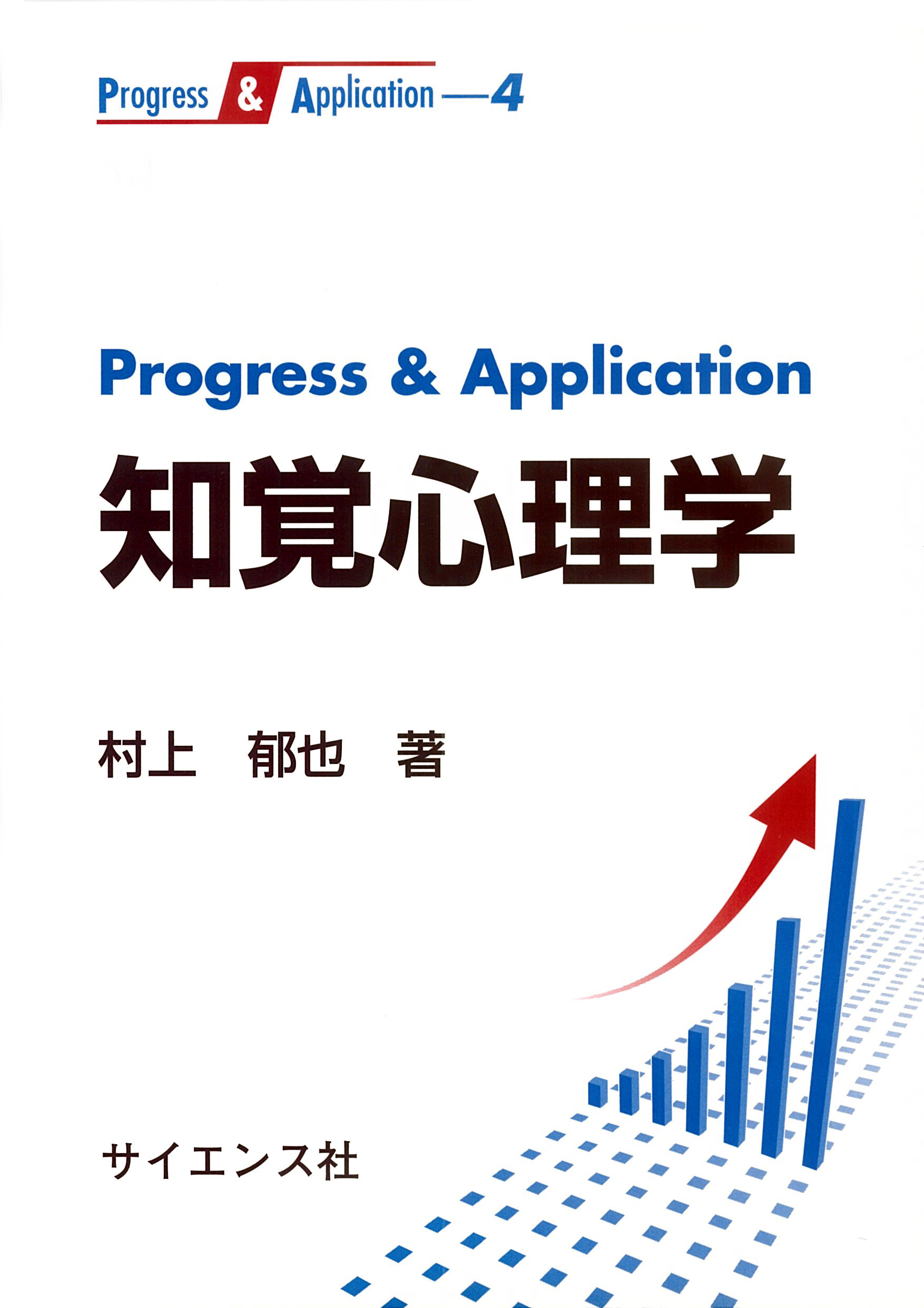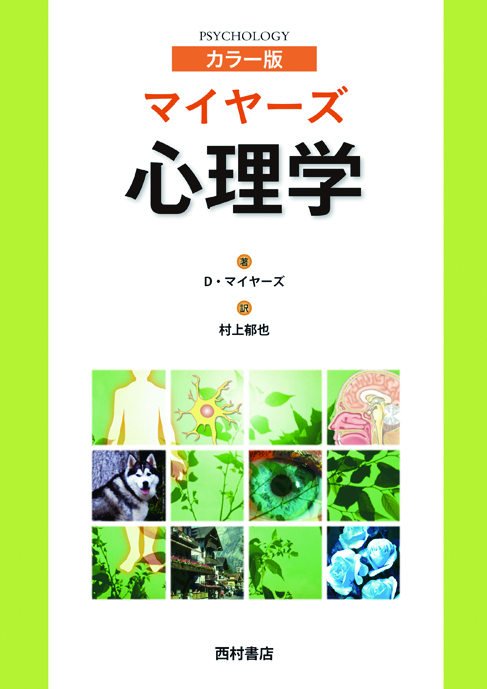
Title
Progress & Application 4 Progress & Application Chikaku Shinrigaku (Progress & Application: Perceptual Psychology)
Size
256 pages, A5 format, softcover
Language
Japanese
Released
October 25, 2019
ISBN
978-4-7819-1452-7
Published by
SAIENSU-SHA Co., Ltd.
Book Info
See Book Availability at Library
Japanese Page
A person unfamiliar with psychology may think that they can get some idea of the field by going to a bookstore and looking at the titles on a bookshelf. Psychology, however, is developing and expanding at a steady pace over a vast area of research that cannot possibly be encompassed by a cursory glance at a shelf of general psychology books. Universities and other academic institutions need to make a special effort to disseminate to students embarking on their studies in the field the information coming out of the ever-expanding range of psychological research. Progress & Application is a series on psychology that is intended to provide compact textbooks for exactly this purpose. This particular volume in the series is a compilation of the latest knowledge in the area of psychology covering “sensation and perception.”
Providing a package of basic knowledge about perceptual psychology is important not only to meet the needs of university undergraduate classes and high school psychology education, but also for the development of the undergraduate Perceptual and Cognitive Psychology classes required for the certification examination of licensed psychologists. While there are many introductory books available today, this book is unique in its even-handed explanation of each of the “five senses,” its clarification of “entrances” and “exits,” and the importance it places on neuroscience.
The so-called “five senses” refers to the qualitatively different senses of sight, sound, taste, smell, and touch. With regard to the study of sight, my own specialty, there are many researchers and a long history of research on the subject, such that there is already a considerable accumulation of educational knowhow directed at beginning scholars, including a number of introductory texts on perceptual psychology with an emphasis on visual perception that includes examples of visual illusions. People, however, use all of their senses in making their way in the world and each of the senses comprises an amazing array of mechanisms. Because of this, an effort has been made in this book—despite the limit on the number of pages allowed—to present a well-balanced overview of each of the senses.
“Entrance” and “exit” are terms referring to the transduction of sensory data to biological signals for reception at the “entrance” and the information processing of those signals by the brain that result in some kind of “feeling” in the mind that is the “exit.” The book attempts to emphasize that there is no one-to-one correspondence between the “entrance” and “exit.” For example, the flavor we taste has multiple “entrances,” not just that of the taste receptors of the tongue, but also those nominally dedicated to sight, sound, touch, smell, and proprioception. The calculation of the data received at these “entrances” leads to the “exit” value of flavor. Learning about perceptual psychology can be greatly facilitated by ensuring that the “entrances” and “exits” of the senses are never confused.
A seamless merging with neuroscience is also important. Any discussion of “entrances” is impossible without reference to the nervous system, and the intervening computational processes definitely involve the brain. Since ancient times, it has never been possible to set aside biological factors when talking about the “mind.” For example, Descartes, considered the leading authority on the philosophy of the mind, was also an authority on anatomy. By referencing neuroscience throughout this book, I have tried to give the reader with little accumulated knowledge a grasp of how psychology is a huge discipline encompassing the brain, neural, and computational sciences.
(Written by MURAKAMI Ikuya, Professor, Graduate School of Humanities and Sociology / 2020)



 Find a book
Find a book



